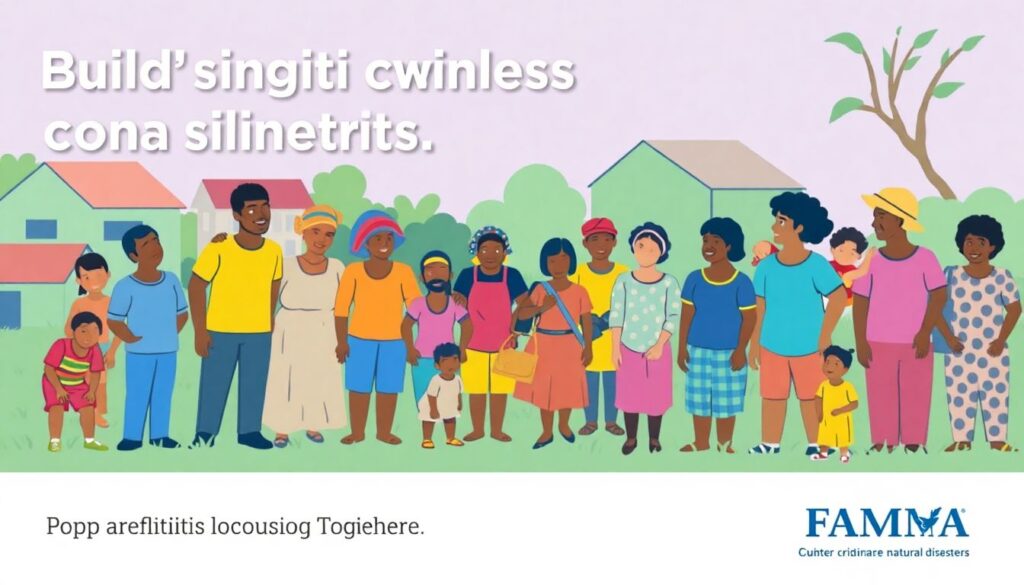Welcome to our comprehensive guide on Community Disaster Resilience Zones (CDRZ) initiated by FEMA. This article will walk you through the intricacies of the CDRZ Act, its implementation, and how it aims to build disaster resilience across the nation. Let’s dive in and explore this innovative approach to community safety and preparedness!
Building Resilience Through Collaboration and Innovation
Imagine a bustling town square, filled with the vivid colors of community—from the local fire department ready at hand, to neighbors painting street murals depicting emergency plans. There’s a tangible energy in the air, a blend of urgency and camaraderie, as everyone rolls up their sleeves to prepare for whatever nature might throw their way.
At the heart of this vibrant scene stands a prominent FEMA logo, a beacon of support and expertise. It’s not just about the logo, but what it represents: knowledge shared, resources provided, and a guiding hand in crafting a resilient community. Around it, volunteers pack emergency kits, while local businesses display signs promising support in times of crisis.
In one corner, a group of children are learning how to read a disaster preparedness comic book, their laughter echoing as they practice safety poses. Nearby, senior citizens share stories of past experiences, their wisdom invaluable in planning for the future. This is not a community living in fear, but one that’s empowered, united, and ready to face whatever challenges come their way.
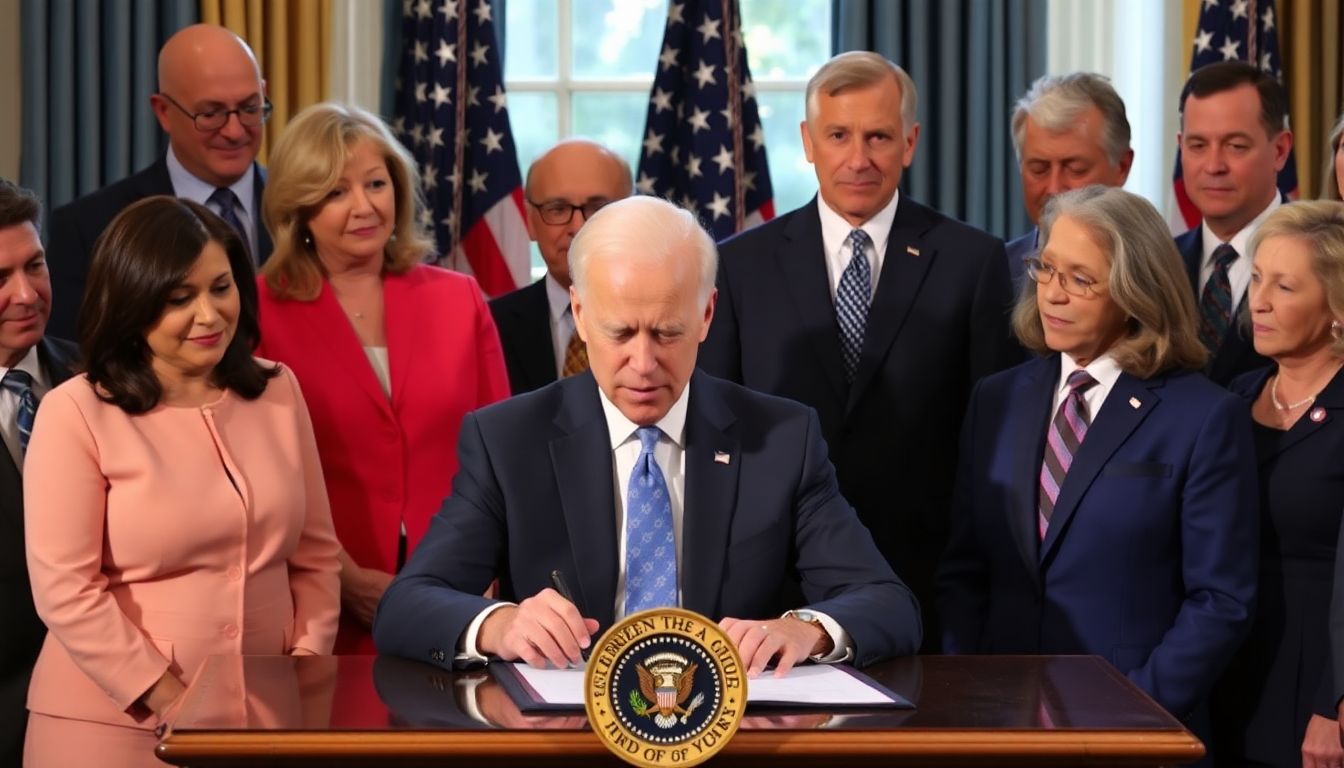
Understanding the CDRZ Act
The Community Disaster Resilience Zones (CDRZ) Act is a groundbreaking piece of legislation designed to enhance communities’ preparedness and resilience in the face of natural disasters. Introduced with the aim of proactively identifying and addressing areas most vulnerable to disasters, the CDRZ Act has garnered significant bipartisan support. This endorsement from both sides of the political spectrum underscores the universal recognition of the need for improved disaster management and the importance of safeguarding communities across the nation.
The CDRZ Act holds particular significance as it amends the long-standing Robert T. Stafford Disaster Relief and Emergency Assistance Act. The Stafford Act, a pillar of federal disaster response policy, provides the framework for federal disaster assistance. The CDRZ Act builds upon this foundation by introducing a more targeted and proactive approach. Specifically, it requires the identification of ‘at-risk census tracts’, areas that are particularly vulnerable to natural disasters due to factors such as geography, infrastructure, and socio-economic conditions.
To achieve its goals, the CDRZ Act mandates the following key actions:
- Identification of at-risk census tracts based on a comprehensive risk assessment that considers historical disaster data, geographical features, and social vulnerabilities.
- Development of tailored resilience plans for these areas, involving local stakeholders and community members to ensure that the plans are practical and effective.
- Allocation of federal resources to support the implementation of these resilience plans, thereby enhancing the capacity of at-risk communities to withstand and recover from disasters.
The bipartisan support for the CDRZ Act is a testament to its pragmatic and inclusive approach. By focusing on at-risk census tracts, the Act ensures that resources are directed where they are most needed. This not only improves the efficiency of federal disaster management but also empowers local communities to play an active role in their own resilience. In essence, the CDRZ Act represents a significant step forward in the nation’s efforts to mitigate the impact of natural disasters and build more resilient communities.
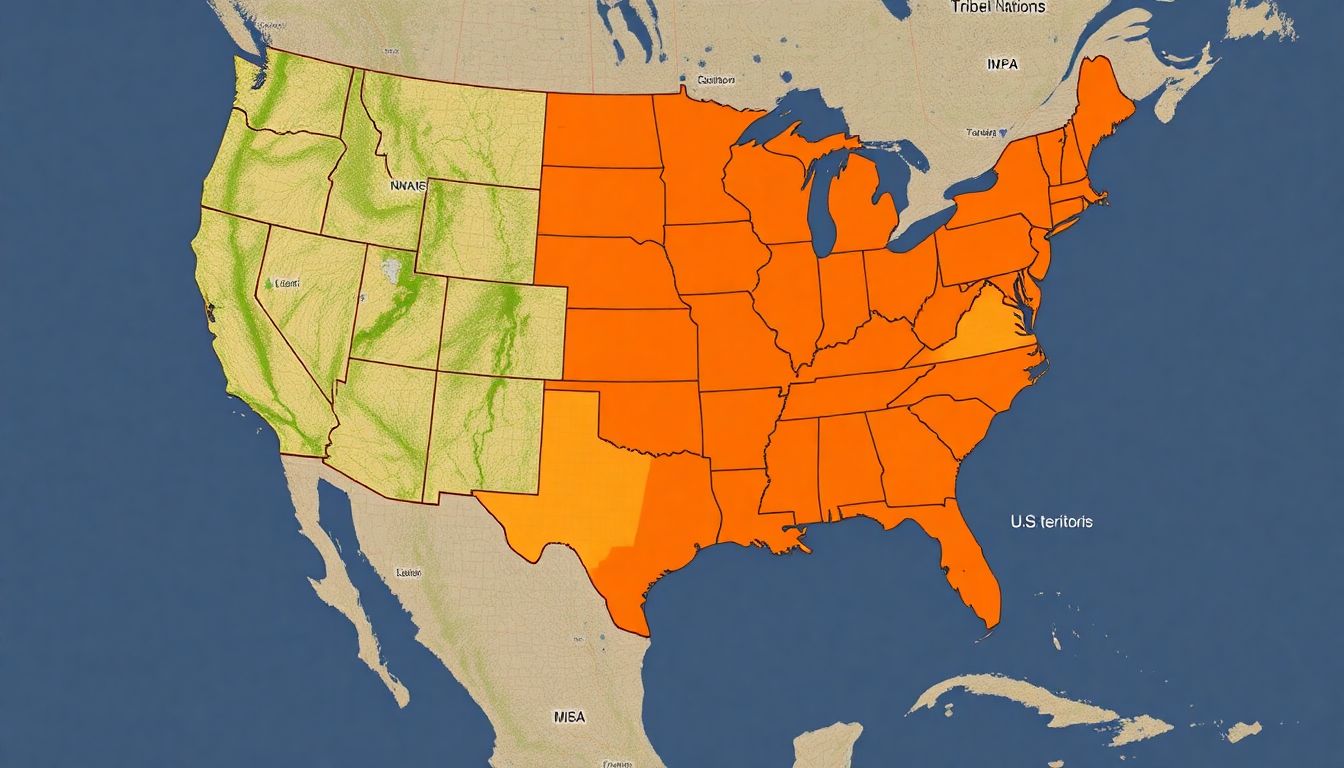
Zone Designations and Methodology
The process of designating Critical Disaster Response Zones (CDRZ) is a meticulous endeavor undertaken by the Federal Emergency Management Agency (FEMA) to identify areas most vulnerable to natural disasters and in need of priority response planning.
The timeline for CDRZ designation typically spans several months to a year, involving multiple stages. It begins with data collection, where FEMA gathers information from various sources, including the National Risk Index (NRI) datasets. The NRI is a comprehensive dataset that assesses the risk of various natural hazards, such as floods, hurricanes, and wildfires, across every county in the United States. This dataset is crucial in identifying areas with high risk and vulnerability.
Following data collection, FEMA employs a robust methodology that integrates several tools and inputs. One of the key tools used is the Climate and Economic Justice Screening Tool. This tool helps FEMA identify communities that are not only at high risk of natural disasters but also face economic and social vulnerabilities. By overlaying this information with the NRI data, FEMA can prioritize areas where disaster response and resilience building are most needed. Additionally, FEMA incorporates local knowledge into the process. This includes engaging with local communities, leaders, and emergency management officials to gain insights into specific local needs, capacities, and challenges.
The final stage of the CDRZ designation process involves analysis and designation. FEMA analyzes all the gathered data and inputs, using a weighted scoring system that considers various factors such as risk, vulnerability, and social and economic justice. Based on this analysis, FEMA designates CDRZs and updates the information in its systems. The designated CDRZs are then used for targeted disaster response planning, resource allocation, and community outreach. The entire process is designed to be transparent, inclusive, and data-driven, ensuring that the most vulnerable communities receive the support they need.
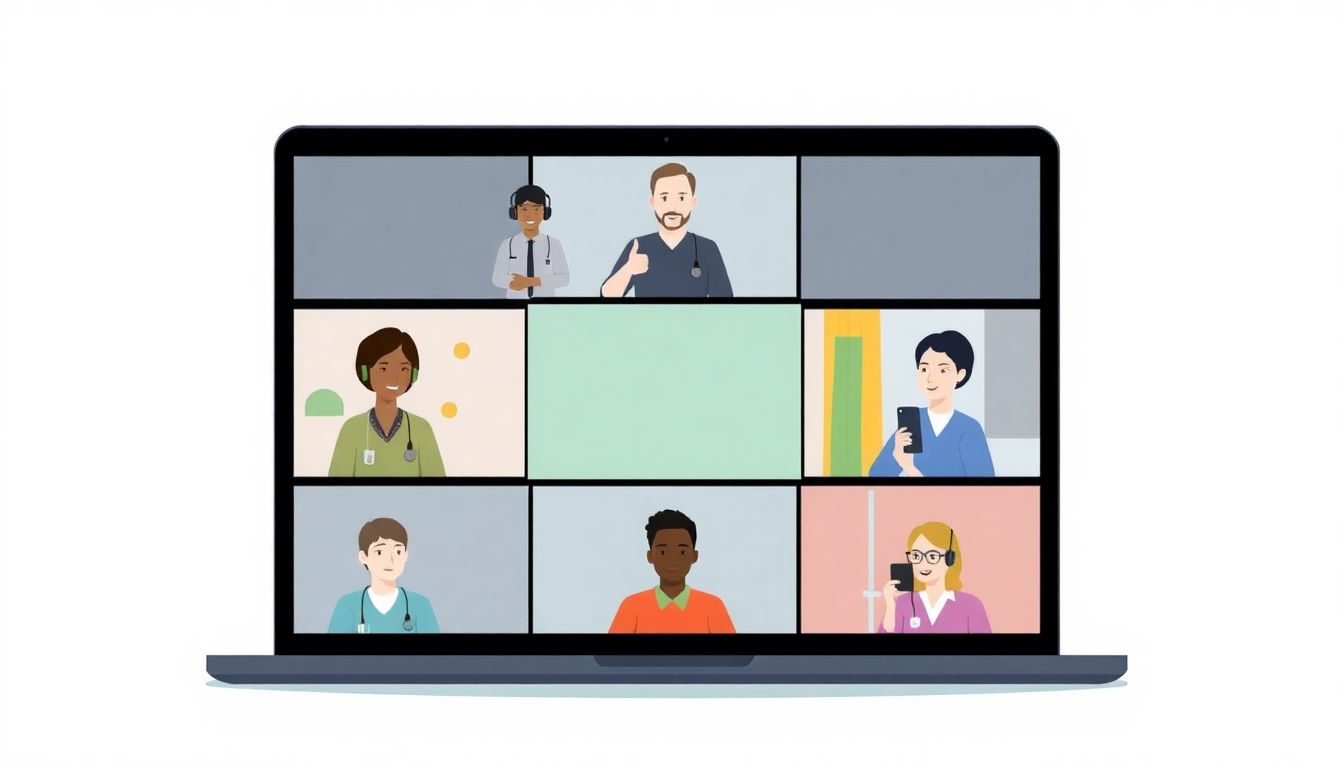
Webinar Resources and Community Engagement
Have you ever wanted to dive deep into the inner workings of FEMA’s initiatives? The informational webinars held by FEMA offer a fascinating glimpse into their comprehensive plans and innovative approaches to disaster management. These webinars aren’t just your average online meetings; they’re interactive platforms where ideas are sparked, and collaborations are born. From the comfort of your screen, you can engage with experts, ask questions, and gain insights that you won’t find anywhere else.
One of the standout topics covered in these webinars is FEMA’s vision for the Catastrophe Deferral Reform Zone (CDRZ) Act. This isn’t just a piece of legislation; it’s a roadmap for resilience. Imagine communities better equipped to withstand and recover from natural disasters. The CDRZ Act aims to make this a reality by fostering pre-disaster planning and mitigation efforts. Through the webinars, FEMA unveils how this act can transform our approach to disasters, making our communities safer and more resilient.
But how do we get there? Enter the designation methodology. This isn’t just a bunch of jargon; it’s a carefully crafted process that FEMA uses to identify and prioritize areas for intervention. In the webinars, they break down this complex process into digestible parts, discussing factors like:
- Risk assessment: Understanding the likelihood and impact of various hazards.
- Community engagement: Working with local stakeholders to ensure efforts are tailored and effective.
- Data analysis: Crunching numbers to inform decision-making and resource allocation.
The beauty of these webinars lies not just in the information shared, but also in the opportunities they open up for partnership and investment. FEMA doesn’t just talk; it listens and collaborates. The webinars are a call to action for stakeholders from all sectors to come together and forge partnerships that drive progress. From tech innovators to local governments, everyone has a role to play. Plus, with FEMA’s guidance on investment opportunities, you’ll understand where and how to channel your resources for maximum impact.
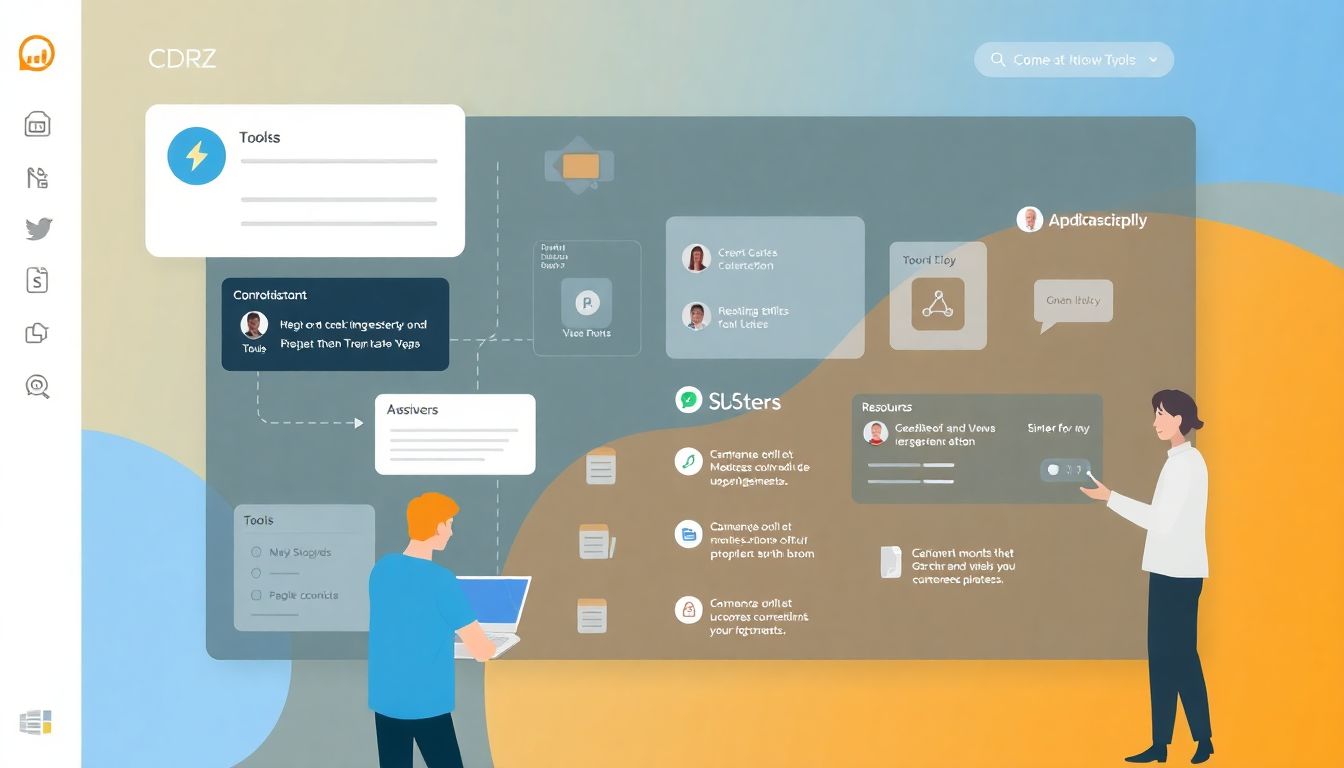
Platform Tools and Request for Information
The CDRZ platform is a robust toolset designed by FEMA to streamline communication and data sharing during disasters. Among its key tools is the Request for Information (RFI) system. This system allows emergency management professionals to submit, track, and manage requests for critical information during response and recovery operations. By utilizing standardized forms and workflows, the RFI process ensures that vital data is collected accurately and efficiently, even in high-pressure situations.
The RFI process follows a structured structure to enhance clarity and expedite responses:
- Initiation: Emergency managers submit an RFI through the CDRZ platform, detailing the specific information needed.
- Notification: The system automatically alerts relevant parties, ensuring that requests are promptly addressed.
- Response: Information is gathered and submitted back through the platform, maintaining a centralized and accessible record.
- Tracking: The platform allows for real-time tracking of RFI status, ensuring accountability and expediting the flow of information.
FEMA’s commitment to continuous improvement led to a public feedback initiative to refine the CDRZ platform. The feedback received was both insightful and varied, highlighting several key areas for enhancement:
-
User Interface:
Many users suggested improvements to the platform’s interface to make it more intuitive and user-friendly.
-
Training Resources:
There was a strong call for additional training materials and resources to help users maximize the platform’s capabilities.
-
Integration:
Users also emphasized the need for better integration with other emergency management tools and systems.
In response to this feedback, FEMA has reaffirmed its commitment to improving the CDRZ implementation. The agency is actively working on updates that will address the public’s concerns and enhance the platform’s overall usability and effectiveness. By listening to and acting on user feedback, FEMA aims to ensure that the CDRZ platform remains a vital and reliable tool for emergency management professionals.
FAQ
What is the CDRZ Act and why is it important?
How are CDRZ designated?
- Using the National Risk Index datasets
- Incorporating categories of burden from the Climate and Economic Justice Screening Tool
- Leveraging local and indigenous knowledge
.



